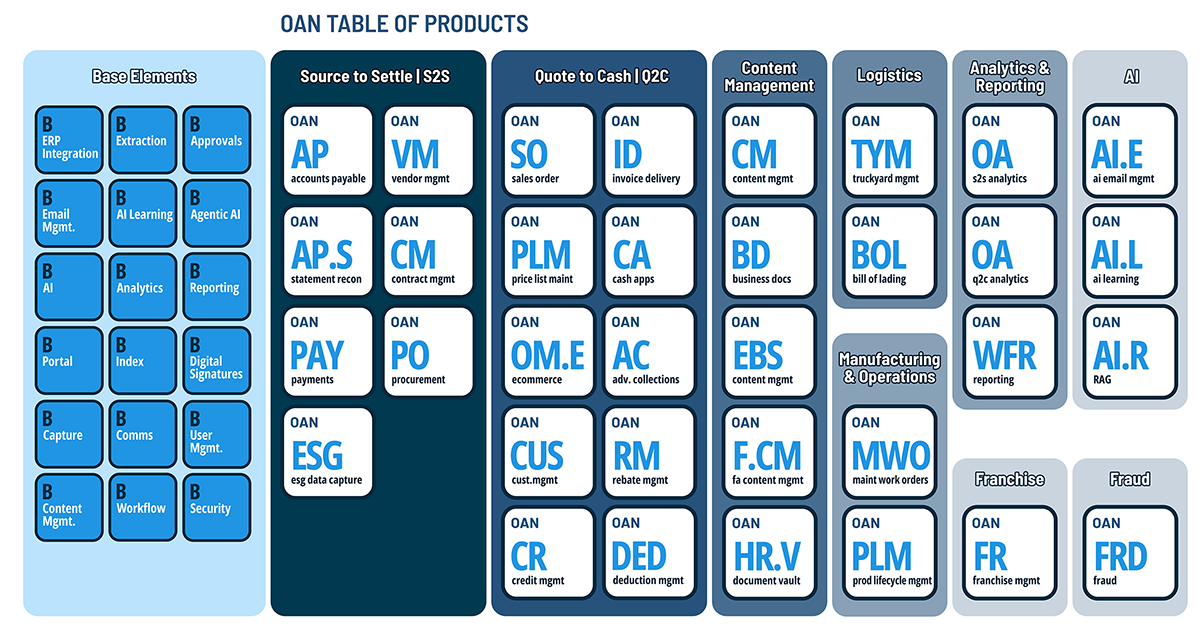Finance leaders have long focused on automating accounts payable (AP) and accounts receivable (AR) as independent functions—aiming to reduce manual workload, improve accuracy, and accelerate cash flow. But the full potential of finance transformation lies beyond these silos. Actual operational efficiency and financial visibility come from automating the entire procure-to-pay (P2P) lifecycle, from strategic sourcing and vendor onboarding to invoice reconciliation and payment execution.
Today’s CFOs are looking beyond departmental automation. They’re building integrated, intelligent P2P ecosystems that drive agility, improve working capital management, and reduce enterprise-wide risk. This shift reflects a growing recognition that P2P automation is not just a back-office concern—it’s a critical enabler of business performance.
What Is Procure-to-Pay (P2P) and Why It Matters
The procure-to-pay lifecycle encompasses every activity related to purchasing and paying for goods and services within an organization. A typical P2P workflow includes:
- Sourcing and vendor selection
- Purchase requisition and order generation
- Goods receipt and three-way matching
- Invoice processing and validation
- Payment execution
- Spend analytics and vendor performance review
Each of these steps involves multiple teams—procurement, finance, operations—and a maze of systems and stakeholders. When fragmented or manually coordinated, P2P becomes slow, opaque, and prone to errors. Costs increase, supplier trust erodes, and strategic insights are lost in spreadsheets.
Conversely, automating the P2P lifecycle improves not only operational speed, but also cash forecasting, vendor risk management, and regulatory compliance—key areas of CFO accountability.
Key Drivers Behind End-to-End P2P Automation
1. Complexity of Vendor Ecosystems
Modern enterprises work with thousands of suppliers, each with unique terms, documentation requirements, and risk profiles. Manual coordination across procurement and finance leaves room for miscommunication, duplicate payments, and non-compliance.
Automated P2P systems provide centralized vendor onboarding, standardized contract terms, and real-time tracking—reducing friction and improving audit readiness.
2. Demand for Real-Time Visibility
CFOs need continuous insight into liabilities, commitments, and working capital exposure. Traditional P2P cycles offer delayed and incomplete data, forcing reactive decisions.
With automation, organizations gain real-time visibility into purchase order status, invoice queues, discount eligibility, and payment timing—empowering more intelligent forecasting and liquidity planning.
3. Pressure to Optimize Working Capital
Every delayed approval or lost early payment discount represents trapped value. CFOs increasingly view working capital as a performance lever—and P2P automation allows better control of payment terms, discount capture, and inventory alignment.
Tactical Areas of Automation Across the P2P Lifecycle
Let’s break down how automation can streamline each core phase:
1. Procurement and Sourcing
- Automated vendor onboarding with compliance checks and digital documentation
- E-sourcing platforms to compare quotes and drive competitive bidding
- Contract lifecycle management (CLM) integration for seamless execution
2. Purchase Requisition and PO Management
- Template-driven requisitions reduce maverick spend
- PO auto-generation tied to budget approvals and catalog pricing
- Approval workflows routed by role, spend level, and category
3. Goods Receipt and Matching
- 3-way match automation (PO, invoice, goods receipt) for faster validation
- Exception handling queues with AI-based suggestions for resolution
- Real-time status dashboards to reduce cycle times and chase emails
4. Invoice Processing
- Invoice ingestion via OCR or EDI with duplicate detection
- Automated coding and GL assignment using machine learning
- Dynamic discounting logic based on cash position and terms
5. Payment Execution
- Payment run automation across ACH, wire, virtual card, and check
- Fraud detection rulesets are built into the payment approval process
- Bank reconciliation integration provides real-time cash positioning, which refers to the ability to instantly view the company’s current cash balance and forecast future cash flows, thereby enabling better cash management decisions
Strategic Benefits for Finance Leaders
Beyond the noticeable productivity gains, automating P2P unlocks several high-value outcomes aligned with CFO goals. This enhanced control over spend, audit readiness, and supplier relationships empowers finance leaders and positions them at the center of value creation:
Enhanced Spend Control
Digitized P2P processes create a single source of truth, enabling better analysis of vendor performance, category spend, and contract compliance.
Improved Audit and Compliance Readiness
Centralized records, version tracking, and embedded approval logs simplify internal audits and ensure adherence to internal controls and regulatory requirements.
Stronger Supplier Relationships
Faster invoice approvals and predictable payments reduce disputes and position the company as a preferred customer—helping secure better terms and reliable supply.
End-to-End Process Standardization
Automation enforces consistent processes across business units and geographies, reducing operational risk and making it easier to scale.
Common Barriers to P2P Automation—and How to Overcome Them
Despite the benefits, many enterprises remain stuck in fragmented or partially automated environments. Common blockers include:
- Siloed technology stacks that separate procurement, AP, and finance
- Resistance to change from teams accustomed to manual control
- Lack of real-time integration between ERP, procurement, and treasury platforms is a common barrier to P2P automation. Being aware of this and understanding its importance in the latest trends is crucial for successful automation
Overcoming these requires a modular, integration-ready automation strategy—not a rip-and-replace approach. oAppsNET encourages clients to build gradually, integrating new tools that leverage existing ERP data while standardizing workflows across departments.
Final Word: From Transactional to Transformational
Automating AP and AR is no longer enough. To achieve true finance transformation, CFOs must expand their scope to the entire procure-to-pay lifecycle. This shift from transactional to transformational finance is inspiring and forward-thinking.
By orchestrating procurement, finance, and operations through a unified, intelligent automation framework, enterprises gain speed, control, and strategic agility. P2P isn’t just about paying faster—it’s about empowering finance to lead from the center of value creation.
Ready to Reimagine Your P2P Strategy?
oAppsNET helps enterprises streamline and digitize finance workflows with Oracle-native tools designed to integrate procurement, AP, and beyond. Let’s discuss how to optimize your procure-to-pay lifecycle—start to finish.

